Welcome to the first part of our “Basics of Printed Circuit Boards” series, where we begin our journey to explore the fundamental aspects of printed circuit boards (PCBs) and their vital role in the modern world of electronics. In this article, we will delve deeper into the importance of PCBs to reveal the complex components and structures that make up electronic circuit boards and introduce the design process and its profound impact on the manufacturing of printed circuit boards. Get ready to explore the core of PCB technology with Hatakey Electronics and how it brings life to the electronic devices we use every day.
What is a PCB?
A printed circuit board (PCB) is an electronic assembly that uses copper wires to make electrical connections between components. The PCB circuit has a multi-layer sandwich structure consisting of both a conductive layer (Copper) and an insulating layer that serves to both provide mechanical support to hold the electronic components in place and create conductive connections between them.
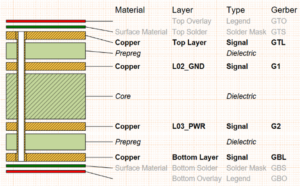
Importance of PCBs in Modern Electronics
In the rapidly evolving world of modern electronics, PCBs play a vital role in the creation of electronic devices that have become an integral part of our lives. Let’s explore what they mean:
Adding complex functions: PCBs act as the backbone of electronic devices, allowing for the integration of various components and the implementation of complex functions.
Improving performance and reliability: By carefully designing the layout and optimizing the circuitry, PCBs ensure efficient signal paths, minimize noise, and deliver reliable performance, which is critical for today’s demanding electronic systems.
Simplifying manufacturing processes: Standardized PCB designs and mass production techniques significantly reduce manufacturing costs, making electronic devices more accessible to a wider audience.
Allows for space optimization: Multi-layer PCBs allow for complex and compact designs at the same time, ensuring efficient use of space and allowing for the development of sleek and portable electronic devices.

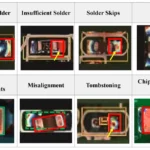
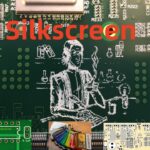

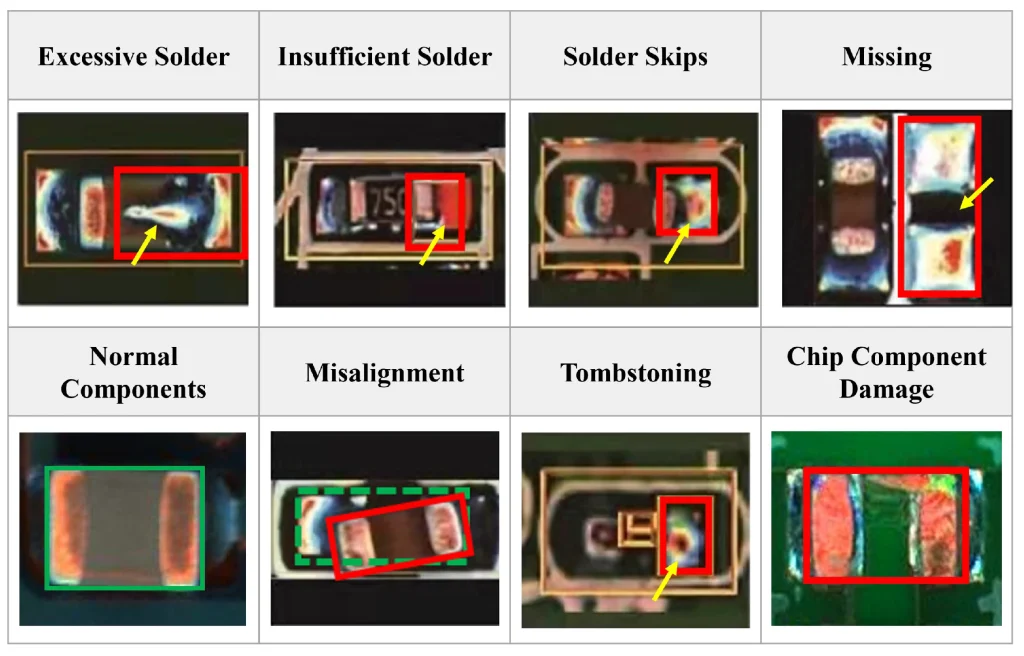

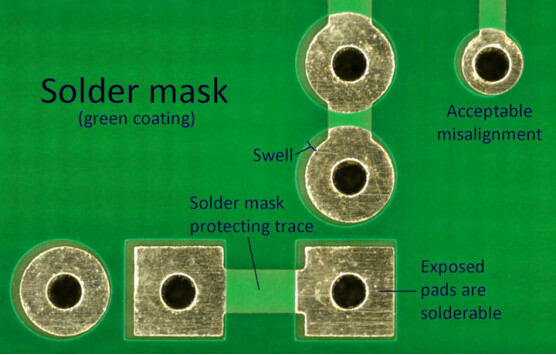
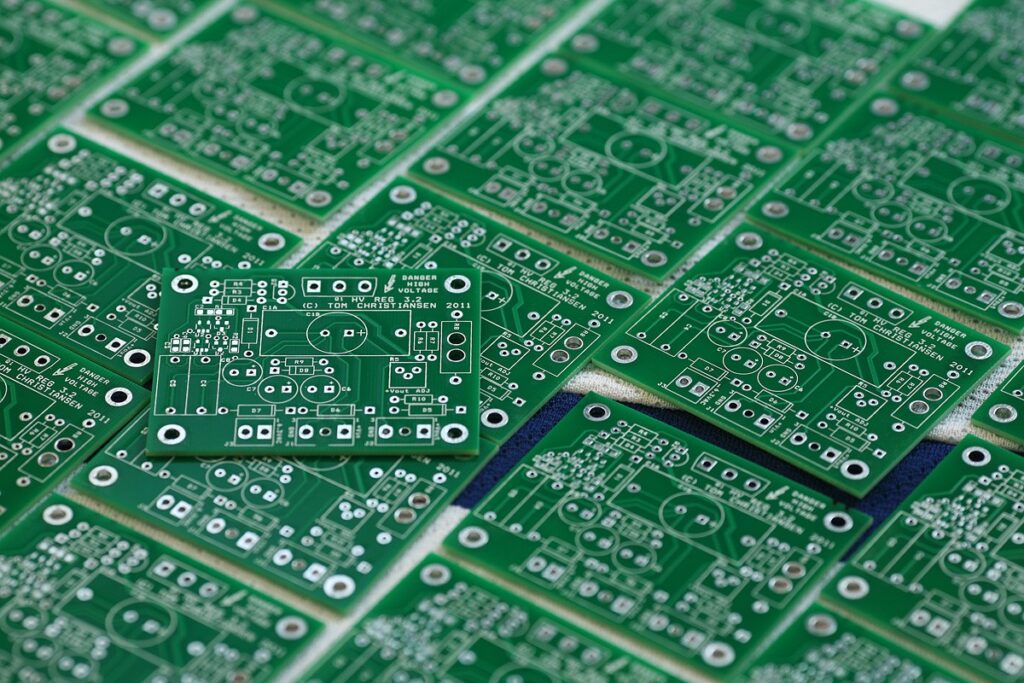
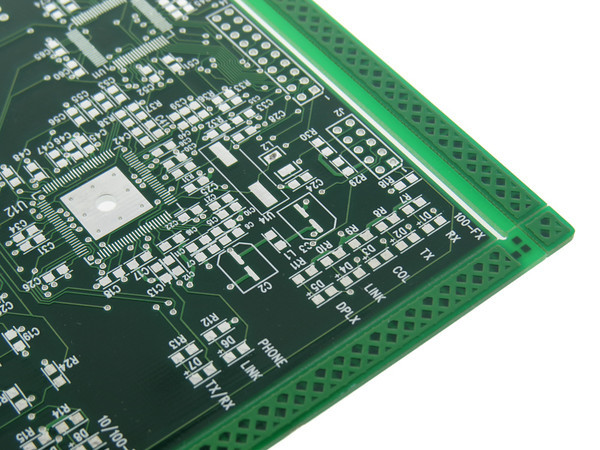


 Tiếng Việt
Tiếng Việt